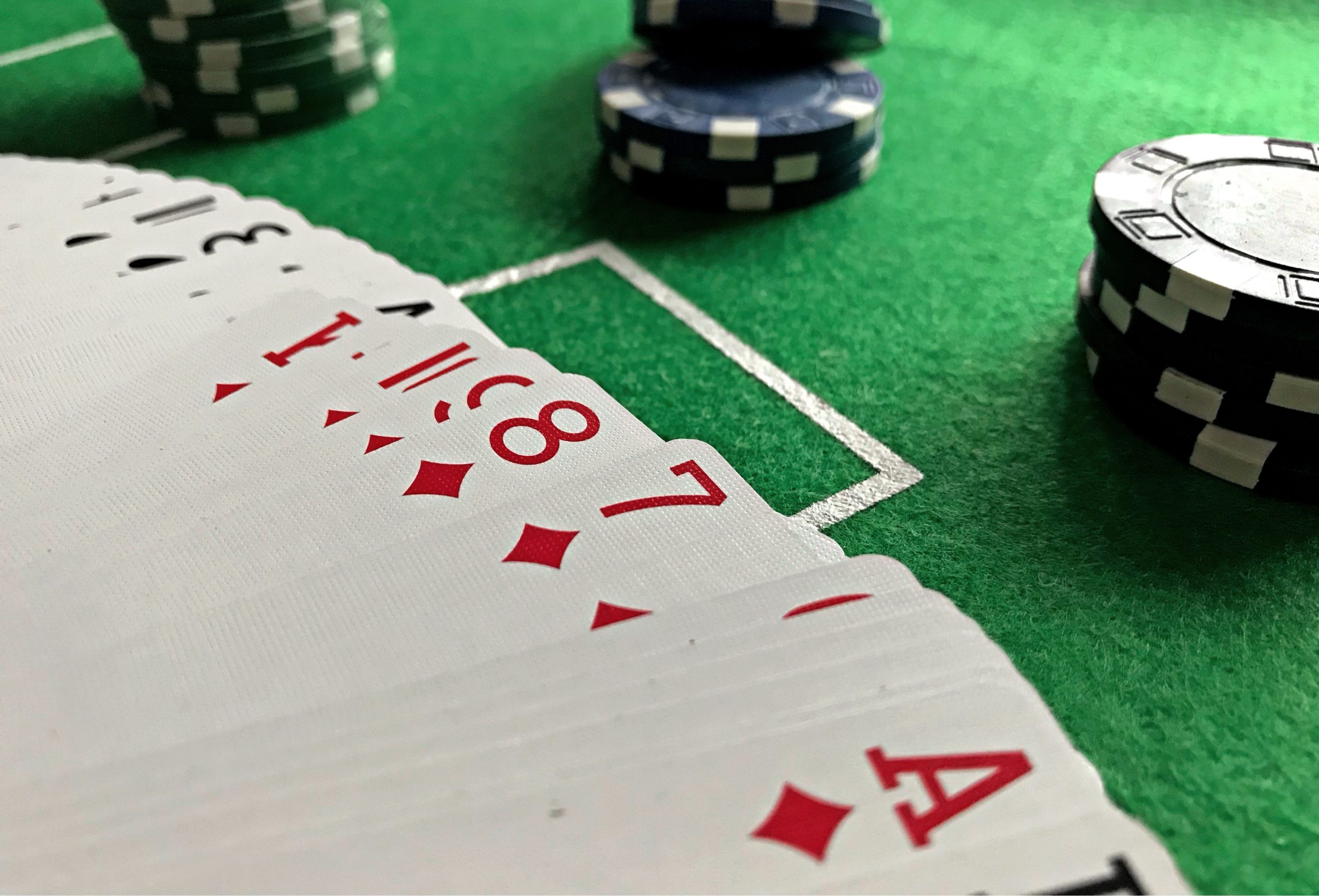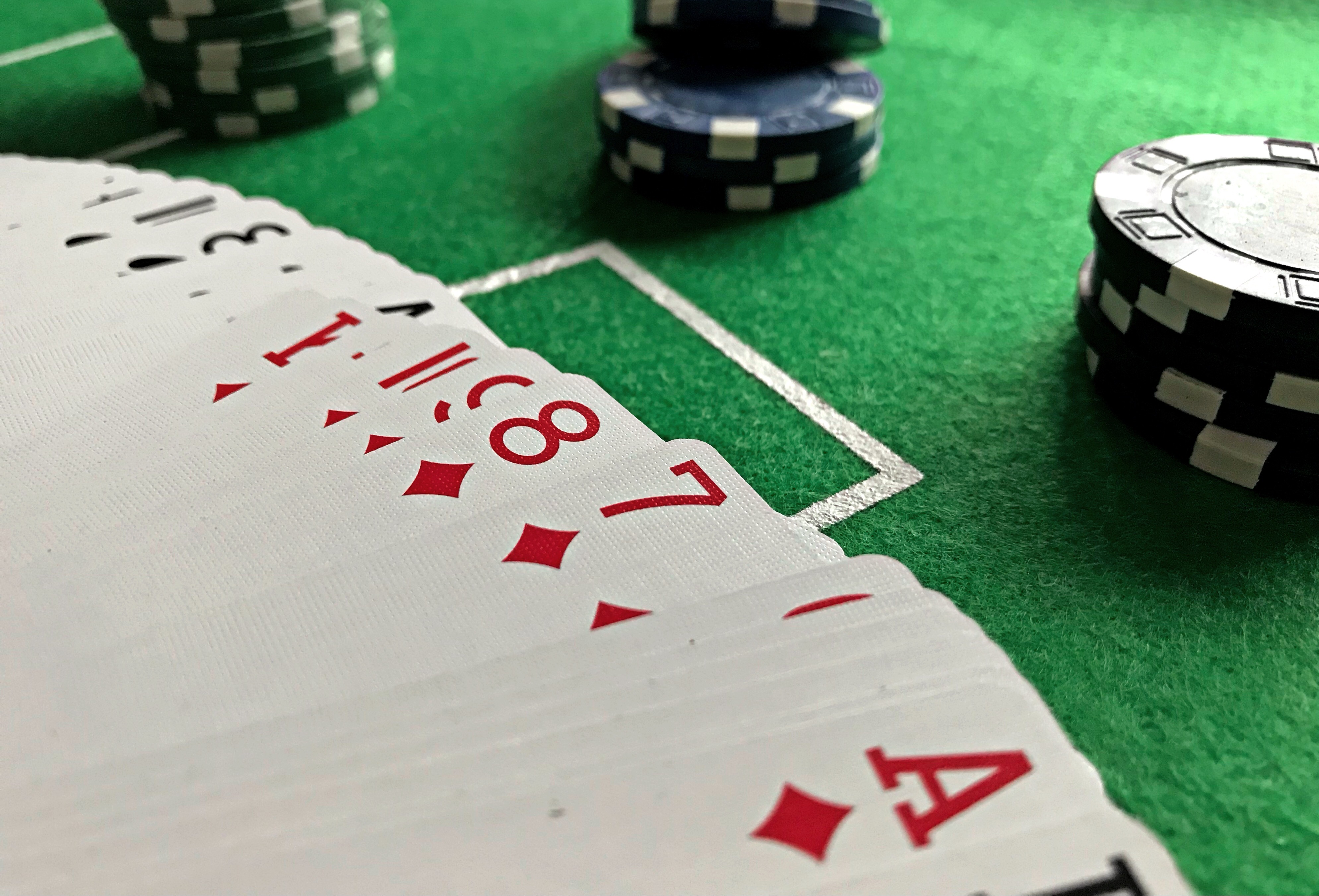

The hierarchy of good poker hands is a concept every poker player must understand. Knowing the best poker card combinations is essential to fully appreciate this dynamic card game and grasp how to play it effectively.
However, experts know there is more to poker than just the cards you’re dealt. To be two steps ahead of your opponents, you must look beyond five-card poker combinations and consider their poker hand ranges.
Keep reading to learn all you need to know about this important poker concept, so you can try it on your next poker match, be it in a live tournament or an online game on a poker site like GGPoker, the world’s largest poker room.
Poker hand ranges explained
A poker hand range or poker range pertains to all of a player’s possible card combinations in a given situation. There are many variables to consider when determining what cards your opponents may have. You never know what they’re holding, but in a game of odds and probability like poker, you can try to visualize the hands that might be in their cards with a bit of logic, technical knowledge, and math.
By understanding poker ranges, you can better deduce what hands your opponents are likely to have. This way, you can make more informed decisions, particularly in the all-important areas of betting and bluffing.
Read on to learn how to play poker by reading hand ranges.
Types of poker ranges

Generally, poker ranges can be broad or narrow.
A wide range means players can have several different hands on their cards. This range type is typically considered weak as it can consist of more mediocre than strong combinations. For example, an opponent who often raises from an early position likely has a wide range. They could have any number of poker hands, including high pairs and suited connectors, as well as weaker pairs like two-seven, two-eight, or three-eight offsuit.
Meanwhile, a narrow range indicates the player has fewer poker combinations.
In most cases, a narrow range consists of strong hands. For instance, if your opponent is only raising with kings and aces, then their poker range is narrow, and they could have two pocket cards from those combinations. However, it’s important to note that narrow ranges could also feature bluffs sometimes.
Then there are polarized ranges. These poker ranges usually have a mix of both strong and weak poker hands and no mid-range combinations in between. If you’re playing against an opponent who only raises with aces and bluffs with small pairs, it’s safe to assume their poker range is polarized.
Determining poker ranges
To read an opponent’s poker range effectively, you must observe their decisions at every street and piece together all the information you can glean from their actions.
Remember that every move in a poker match reveals something about a player’s hand. How much they bet and how fast they act on their turn can give you a better idea of their cards. For example, if you raise pre-flop and your opponent shoves all-in, you can assume they have strong hands like pocket aces or pocket kings in their range.
Conversely, if a player calls your raise, you can probably count these strong pairs out of their range.
It can be challenging to process all this information during a game, especially if you’re new to the concept of hand ranges. But it gets easier with practice.
You can also use hand range charting techniques to help you get the hang of it. The following section discusses these methods in detail.
Poker range forms
There are four main ways to discuss and visualize poker ranges. Each of these forms is distinct but interchangeable with the others. The aim is to visualize all of them together to get a clear picture of the ranges you’re concerned about.
You can usually avail of these hand range visualization tools on dedicated poker sites and programs. Having a working knowledge of them and how they work could also help you better comprehend the concept of ranges and how it applies to real life.
Poker Hand Matrix
The poker hand matrix is the most basic and universal way to visualize poker ranges. It consists of a table with 13 columns and 13 rows to show the 169 non-distinct starting hands in a game of Texas Holdem.
All pocket pairs are listed diagonally at the center of the matrix, with every suited combo above and every unsuited combo below it.
To use this tool, you have to select the hands you want to include, and once you’ve done that, the matrix will give you a bird’s eye view of all the possible poker combinations in the range in question.
Percentage Form
The percentage form helps you determine the percentage of all the starting hands you select in the matrix. Selecting all hands would give you 100% while selecting none of the hands will give you 0%.
This form is useful when reconciling a player’s pre-flop frequencies with an actual range of hands. If you observe that your opponent raises pre-flop 10% of the time, you can use the percentage form to select the top 10% of hands and assess their range.
Range Combos
Combos count the frequency at which a player can make a specific hand. For instance, there are 16 different ways to play an ace-king offsuit.
Remember that combos can be affected by your blockers or, essentially, your hole cards. How? The pre-flop cards can make some poker hand combinations unavailable to your opponents.
Say you’re holding an ace of spades and a king of clubs, and your opponent has an ace of hearts and a king of diamonds. In this case, both players have the same poker combo (ace-king offsuit) but don’t share the same range because they have different blockers.
Range Strand
The range strand is simply a string of text that states all the selected hands in the matrix. It’s meant to be exported or imported into your poker software to generate hand range charts.

Reading hand ranges in poker can help you make better, more strategic decisions at the poker table. It will inform you of the hands your opponents could have so that you can bet, bluff, or fold more assuredly. Mastering this skill takes time and effort, but with practice, it will become second nature to you, and you’ll be able to quickly make decisions in the heat of the game.
 Skip to content
Skip to content





